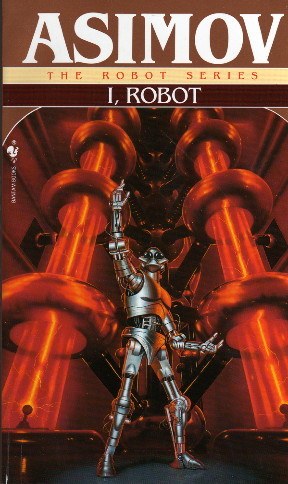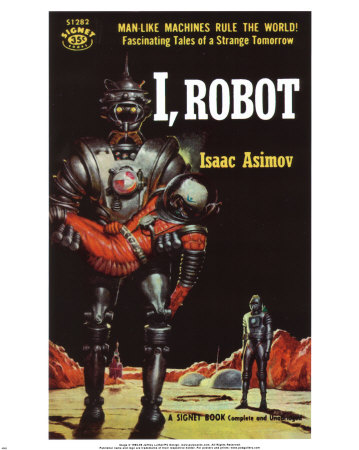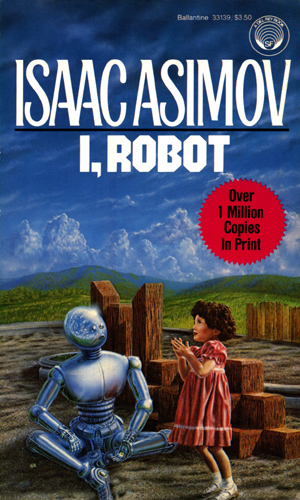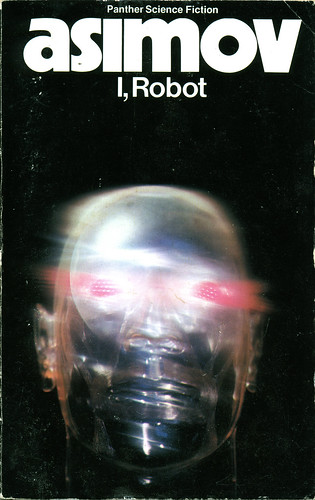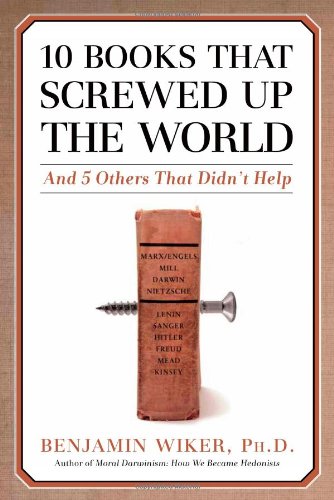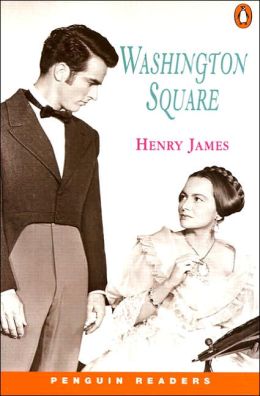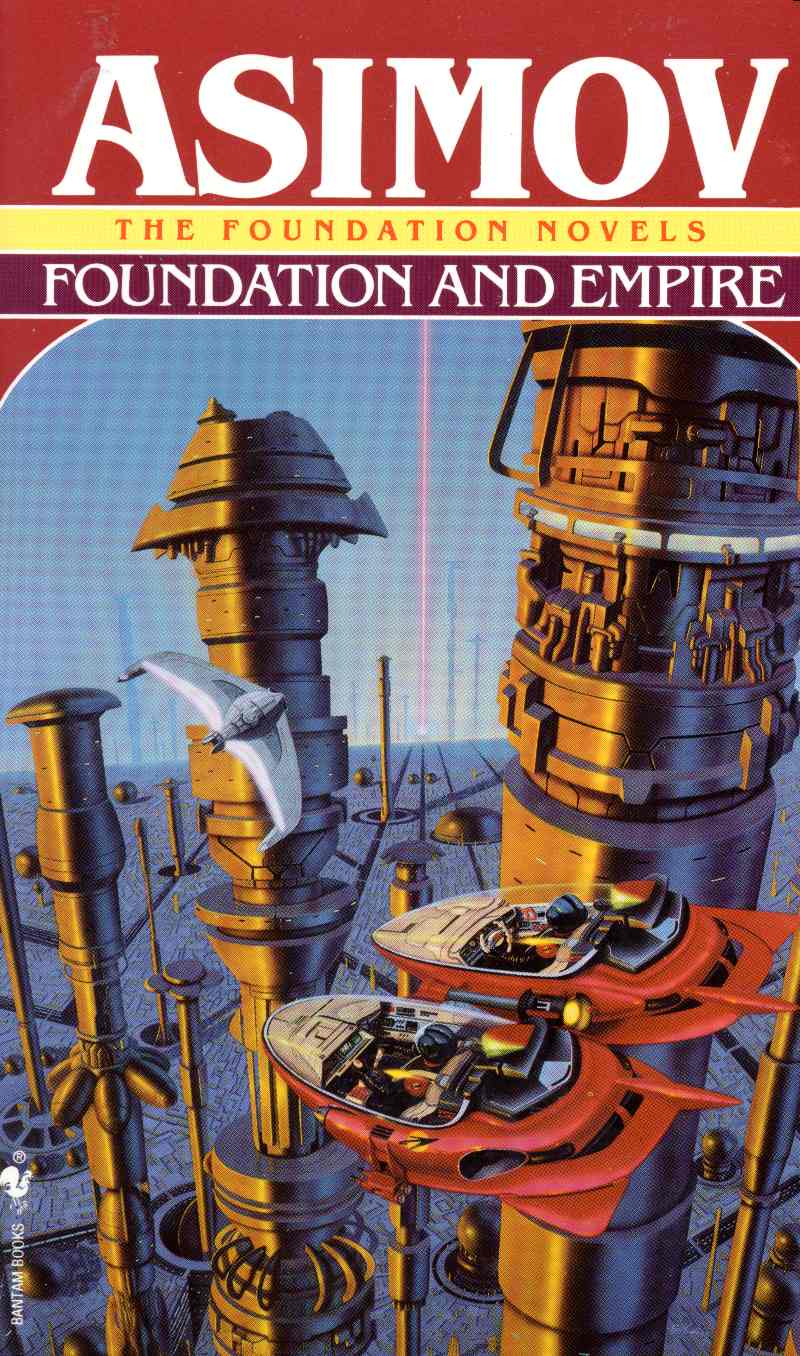“44 Horrible Dates” by Eddie Campbell, 2012
Just as the title spells out, this book is about 44 horrible
dates. Each story is short enough that even a cat with attention deficit
disorder can complete a story before getting the urge to “play the violin”. For
those of you who don’t own, nor have ever seen a cat “playing the violin”, it’s
when a cat lifts own leg up over its head up in the air while keeping the other
leg down, and licks its private parts for hygiene. Gross, I know, but some men just love their
pussy.
Each short story is a chapter and is titled with the date’s name. At the end of the 2 or 4 page long chapter, the horrible date perpetrator is assigned a witty “A.K.A.”. For example, the first story involves a gentleman named Tim who the author fell quickly enamored with. His infatuation fell short lived due to his beaus’ gastric-winded interruptions throughout the date. The date came and gone like a short gust of wind and the author cleverly nicknamed Tim, “inflatulation”.
The general locale of the horrible dates is and around Los
Angeles. Localites would probably relate
to the authors general opinions of the bars, clubs, and restaurants he
mentions—Oil Can Harry’s, Roosterfish, Gauntlet (now The Eagle), WeHo, etc.
Some have described this book a “hilarious romp of true
life”, while others describe it as an “emotional catharsis for anyone who has
ever come home from a horrible date”, but just prefer file the book under,
“disaster dates and the snarky queen”. And I say “snarky queen,” only because
that is the image my brain involuntarily conjures in my pedantic mind when the
stories seem to cross the delicate line of witty back-handed bitchy humor to
just plain mean queen territory. And yes dear author Eddie, I took the
un-pusillanimous route like you and spoke my mind. Should I “LOL” that? Oh, I just did.
Dastardly!
While I enjoyed this book, as far as I can remember—what can
I say, I was vacationing in Palms Springs, sprawled out in the sun whilst some
scantily clad boy poured my libations heavy.
I wouldn’t recommend reading it in its entirety in one sitting. It’s a
coffee table book, or a beach book. Better yet, a pool book in Palm Springs
while the drinks are poured heavily. –Excuse me, I digress. Read a chapter or two and get a laugh, and
when you are done with the entire book, pass it forward to someone who will do
the same.
My rating: ★★★★☆ (4 out of 5 stars) - I really liked it.
Various Media/Art from the internet:
Author: Eddie Campbell

